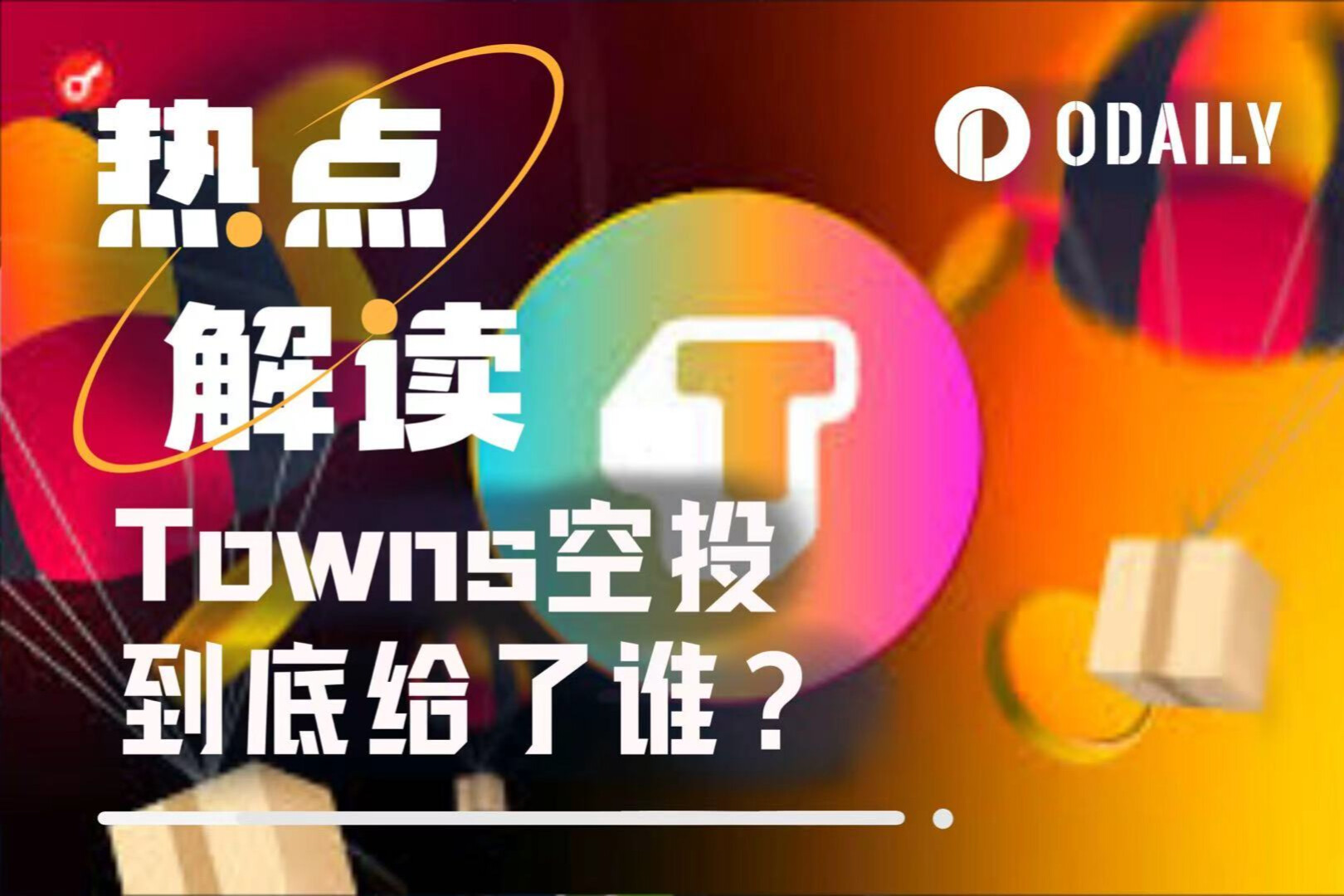Original source:Linera
Original source:
Original compilation: flowie, ChainCatcher
Compared with Aptos and Sui, Linera, the successor of Diem, which is also bet by a16z, has been relatively slow. It officially released the project white paper today after receiving a $6 million financing led by a16z at the end of June this year.
It is reported that most of the founding team members of Linera are former Zcash and former Meta/Novi engineers and researchers. Mathieu Baudet, the founder of Linera, previously worked as an engineer at Meta and helped create the Diem blockchain. He was the chief researcher and engineer of Novi and participated as a core figure in the invention of the FastPay and Zef protocols.
In the white paper, Linera elaborated on the shortcomings of existing solutions such as blockchain sharding and Rollups, as well as Linera's innovative solutions and architectural advantages in solving the problem of block space scarcity. ChainCatcher compiled part of Linera's content:
first level title
1. Linera: To solve the problem of scarcity of block space, the defects of existing solutions。1. Faster single chainThe production rate of blocks in a single chain is usually limited by the data propagation delay between validators. Historically, block size has been the first parameter to tune to maximize transaction throughput based on security requirements and network constraints. Due to the recent progress of the BFT consensus protocol,
The new bottleneck in transaction rates today seems to be the sequential execution of transactions rather than consensus ordering.It is expected that many transactions contained in a block should be independent in practice, and several recent projects have developed architectures capable of executing subsets of transactions in parallel on multiple processing units. While this certainly leads to higher transaction rates, such systems are still characterized by sub-6-figure maximum transactions per second. Additionally, the effective transaction rate depends heavily on the proportion of transactions that are actually independent in each block.
In summary, it is impossible to guarantee fees and/or delays up front for users without making any assumptions about other users' activities.
Finally, in high-throughput chains, auditing validators becomes more difficult due to the combination of CPU execution requirements and data synchronization network requirements. Specifically, the sheer number of sequential transactions may prevent community members using only commodity hardware from replaying transactions fast enough to verify the work of validators in a meaningful way.2. Blockchain sharding.
Another popular direction for addressing blockchain scalability involves dividing the execution state into a fixed number of parallel chains, each run independently by a separate set of validators, known as blockchain sharding. While this approach is still being refined, it has historically suffered from some challenges.
3、Rollups。First, using different sets of validators creates security tradeoffs, since an attacker may selectively attack the weakest set in the system (e.g. minting coins). Second, reorganizing shards, the way user accounts are distributed across chains, is a complex operation that requires extensive network communication. Finally, as the number of shards increases to support additional traffic, the number of cross-chain messages that need to be exchanged also increases. In a system where each shard has an independent set of validators, cross-chain messages can introduce significant delays that eventually offset the impact of adding a new chain.
In practice, collecting enough layer 2 transactions, computing proofs of validity, and archiving transactions to enforce strict data availability takes several hours per layer 2 block. Longer layer 1 confirmation times may encourage some users to accept the security trade-off and trust layer 2 finality for certain applications. In general, Rollups must be trusted to enforce the agreement (i.e. liveness) and choose transactions fairly (see Miner Extractable Value). This concern can be seen in recent efforts to design a decentralized rollups protocol.
first level title
2. What are the innovations of Linera?
Based on the observation and inspiration of the above schemes, Linera stated that it aims to develop a new web3 infrastructure based on the following three key principles:
1. Build a secure infrastructure with predictable performance and responsiveness by running multiple chains in a set of elastic validators;
2. Make multi-chain programming mainstream by working on a new execution layer, enabling a rich ecosystem of scalable web3 applications;
3. Maximize decentralization by ensuring elastic validators are optimally incentivized and audited at scale by the community.
Linera's innovations are reflected in the following aspects:
1. An integrated multi-chain system with resilient validators
To realize the vision of a web3 infrastructure with predictable performance and responsiveness at scale, Linera utilizes cloud infrastructure and develops a new multi-chain protocol - an integrated multi-chain system with resilient validators.
In Linera, a validator is a web2-like elastic service that validates and executes blocks of transactions in multiple chains in parallel. Because the number of chains (active and inactive) existing in the Linera system is unlimited, they are also called micro-chains.
The task of actively extending microchains with new blocks is separate from verification or enforcement and is undertaken by the owners of each chain. Every Linera user is encouraged to create a chain of their own and put their account there.
Each validator manages all microchains (called an integrated multichain approach). Micro-chains interact using asynchronous messages and otherwise run independently. As a result, validators can elastically scale by distributing the workload among many internal shards. Asynchronous messaging between chains is efficiently achieved using each validator's internal network.
The way microchains accept new blocks may vary. When scaling their own chain, users submit new blocks directly to validators using a low-latency, mempool-less protocol inspired by reliable broadcasting. Applications that require more complex interactions between users may also rely on ephemeral microchains created on demand. In fact, only the public microchannels owned by the Linera infrastructure have a full BFT consensus protocol.
Microchain synchronization between validators is delegated to the chain owner. This means that inactive microchains (those that do not create blocks) have no cost to validators other than storage.Using elastic validators is a unique assumption of Linera.
Linera intends for the Linera community to support a variety of cloud providers from which new validators can choose. Linera was originally inspired by FastPay, a low-latency payment protocol developed by Meta. Linera significantly promoted FastPay by turning user accounts into microchains, adding smart contracts, and supporting arbitrary asynchronous messages between chains.
2. Make multi-chain programming mainstream
Linera integrates many chains into a unique set of validators. This greatly facilitates cross-chain communication due to the internal network of each validator. For the first time, various web3 applications have the opportunity to elastically scale by leveraging a cheap and efficient multi-chain architecture. The following design choices were made to facilitate the adoption of multi-chain programming:
Linera's execution model is designed to be language-neutral and developer-friendly. Linera's initial SDK will be based on Wasm and target the Rust programming language.
Linera applications are composable and multi-chain. Once an application is created, it can run on any chain on demand. Running instances of the same application coordinate across chains using asynchronous messaging and publish/subscribe channels. Applications running in the same microchain interact using cross-contract calls and temporary session objects.
Session objects in Linera are inspired by resources in the Move language. Statically typed resources in Move have been proposed to help improve composability. In Linera, class resource composability is achieved through the use of session handles and runtime checks. For example, in order to send tokens, the Linera contract will be able to transfer ownership of the temporary session containing the tokens. In general, building a large developer community is a major factor in the adoption of blockchain infrastructure. Since the Wasm ecosystem is constantly improving its polyglot tools, it offers Linera the long-term possibility to serve multiple developer communities.
3. Robust decentralization of resilient validators
The classic "blockchain trilemma" asserts that simultaneously achieving scalability, security, and decentralization is difficult. While this observation certainly holds true for fixed-capacity validators, Linera believes that not enough has been done to define and implement a satisfactory concept of decentralization for elastic validators.Linera relies on Delegated Proof-of-Stake (DPoS) for security and regularly supports changing validator sets.
Due to the chaining of blocks, past transactions, cross-chain messages, and the execution state of each micro-chain are immutable.This means that Linera as a whole will be audited by the community in a distributed fashion using only commodity hardware. The blockchain community has discussed using large validators to improve performance and using community-driven validators to maintain decentralization in the context of rollups. As the Linera project progresses, we will continue to pay attention to the technical progress in validity (ZK) proof and rollup.
first level title
Fourth, the advantages of the Linera architecture
Linera aims to provide the first multi-chain infrastructure with predictable performance, responsiveness and security at Internet scale. To this end, Linera introduced the idea of running many parallel chains called microchains within the same set of validators, and using each validator's internal network to quickly pass asynchronous messages between chains. Linera sees many advantages to this architecture:Elastic scaling.
In Linera, scalability is achieved by adding chains, not by increasing block size or rate. Each validator can add and remove capacity (also known as internal workers) at any time to maintain the nominal performance of multi-chain applications.responsiveness.
When microchains are operated by a single user, Linera uses a simplified mempool-less consensus protocol inspired by reliable broadcasting. This reduces block latency and ultimately makes Web3 applications more responsive.composability.
Low block latency also contributes to composability compared to other multi-chain systems: fast answers by adding new blocks allow receiving asynchronous messages from another chain.chain security.
One benefit of running all microchains in the same set of validators compared to traditional multi-chain systems is that creating chains does not affect Linera's security model.Decentralization.
Linera relies on Delegated Proof of Stake (DPoS) for security. Each microchain can be executed individually on commodity hardware. This allows clients and auditors to continuously run their own validations and hold validators accountable.Language "agnostic".





